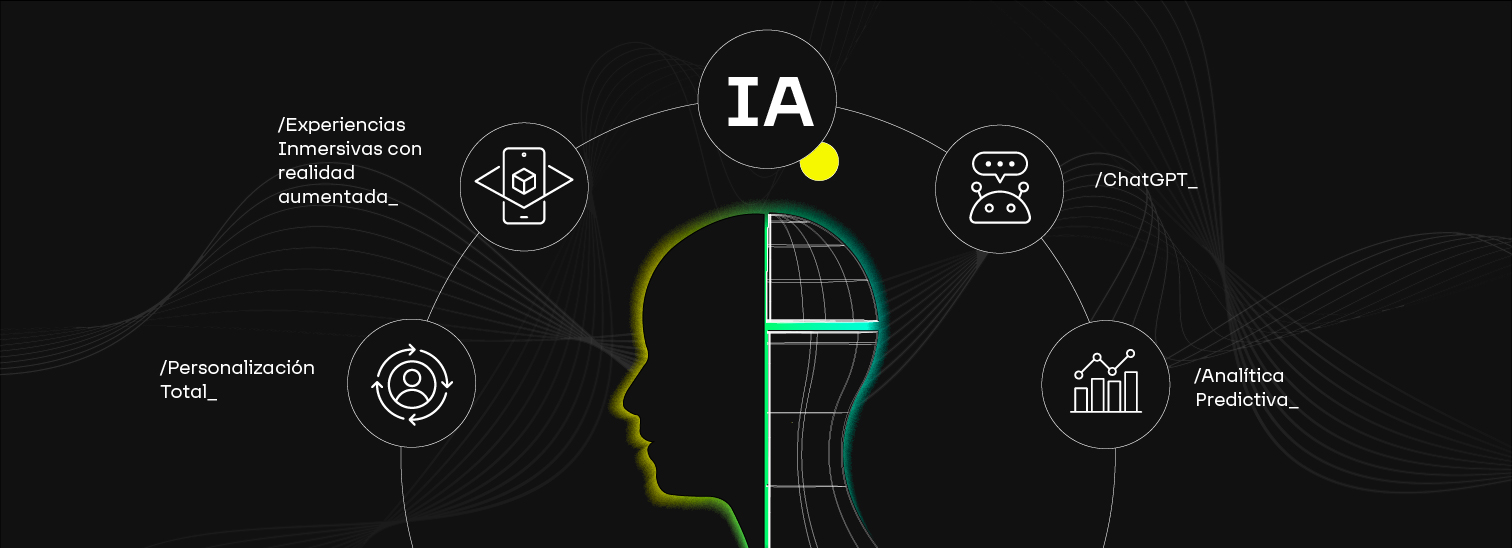



Be the first to know about the latest trends in the digital world.
5 Key Steps in Enterprise Software Development

For many business owners, creating custom software can be the key to streamlining their operations and boosting efficiency.
But how to take that idea from the mind to the reality of the code? At Neurona we have the answer!
Here we present five essential steps, for those who want to know what they should do to start on this journey towards innovation.

1. Define Strategic and Business Objectives with Clarity
Before diving into the world of software development, perform a thorough diagnosis of your company’s operations. Identify specific operational challenges that impact performance and the goals you want to achieve.
Before diving into the world of software development, perform a thorough diagnosis of your company’s operations. Identify specific operational challenges that impact performance and the goals you want to achieve.
Keep in mind that companies that set clear goals at this stage typically see significantly higher ROI on their software development projects.
2. Effective Collaboration between Teams: Marketing and Software Development
Collaboration between marketing and software development teams is key to the success of any project. Take advantage of the synergy between these two worlds to not only create technical solutions, but also strategic ones.
In fact, recent data indicates that companies that closely integrate their marketing and development teams experience a 20% increase in the effectiveness of their technology projects.
3. User-Centered Approach: Beyond Aesthetics.
Software usability is not only a matter of aesthetics, but also of intuitive functionality. Make sure the software design focuses on the user experience, simplifying processes and improving accessibility.
A practical example is conducting usability tests with employees from different departments to identify areas for improvement before implementation.
4. Iterative Development to Adapt to Changes
The key to software development lies in agility. Take an iterative approach that allows you to constantly implement, test and adjust. Agility not only translates into shorter development time, but the ability to adapt to changes in real time.
Integrate your team into continuous review processes to ensure that the software evolves with changing business needs.
5. Effective Implementation and Comprehensive Training
Software deployment does not end with installation; It’s just the beginning. Provide comprehensive training to your team, focusing on how the software improves their daily tasks.
Make sure you offer ongoing support and collect regular feedback to make adjustments. In fact, companies that invest in effective training experience a 70% increase in successful adoption of new technologies.
We encourage you to put this knowledge into practice and take advantage of the potential of digital innovation.
Click here to explore more about our blog and find articles to help you stay on top of the latest trends in technology, marketing, and business development.
Day Perez
CEO at Neurona agency


